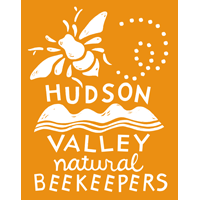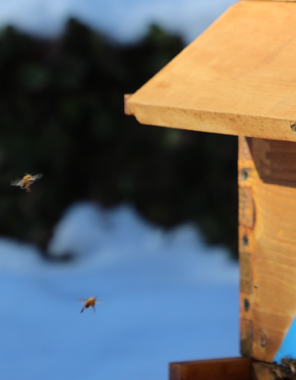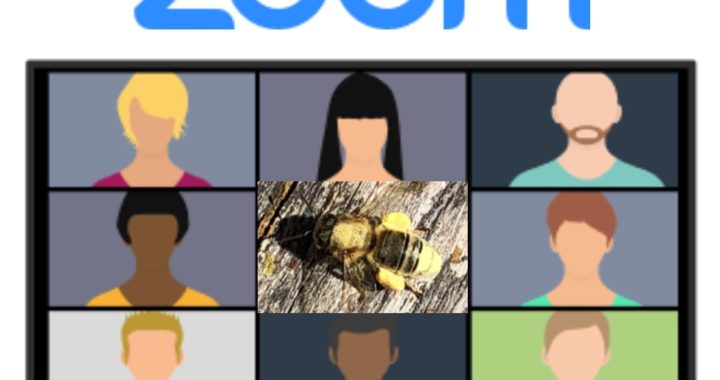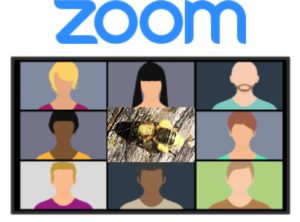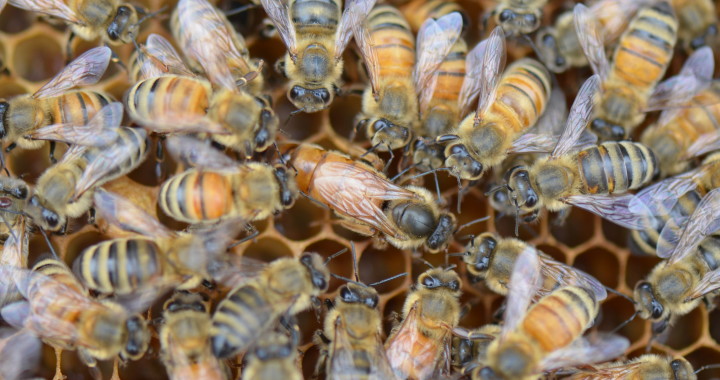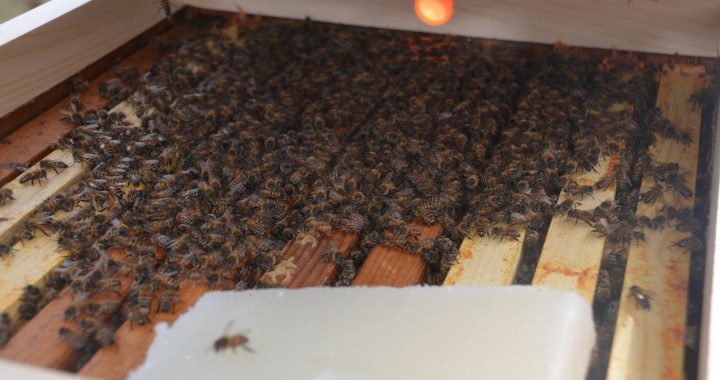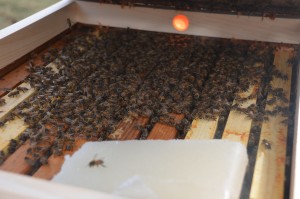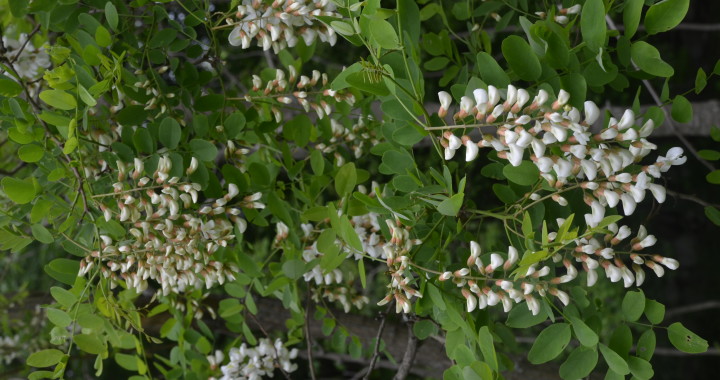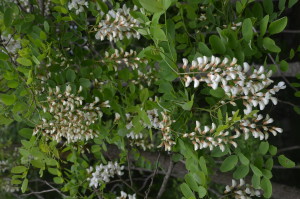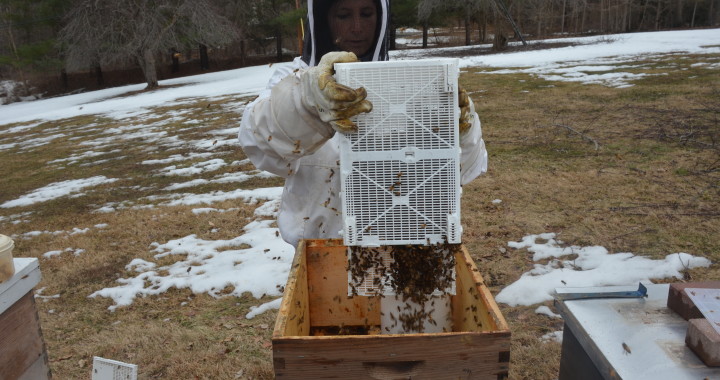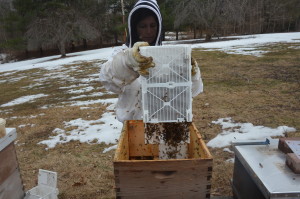You can have a say in what we will talk about in February.
As we embark on a new chapter with fresh leadership, we are eager to strengthen our connection with each of you.
To facilitate this, we’ve designed a survey covering diverse topics that could shape the structure of future meetings, workshops, or introduce new discussion themes for the upcoming year(s). We’re enthusiastic about uncovering the wealth of expertise within our community (which is one of the largest in NY state!) and warmly invite those willing to share their knowledge. Please take a minute to share your input with us.
Please, don’t be shy – your support is vital to keeping our meetings vibrant.
Your insights play a pivotal role in shaping the trajectory of our club.
Survey results will be highlighted in our next newsletter. Thank you for your active participation, and let’s collectively shape the future of HVNB together!
This survey will be closed by end of January 2024.
